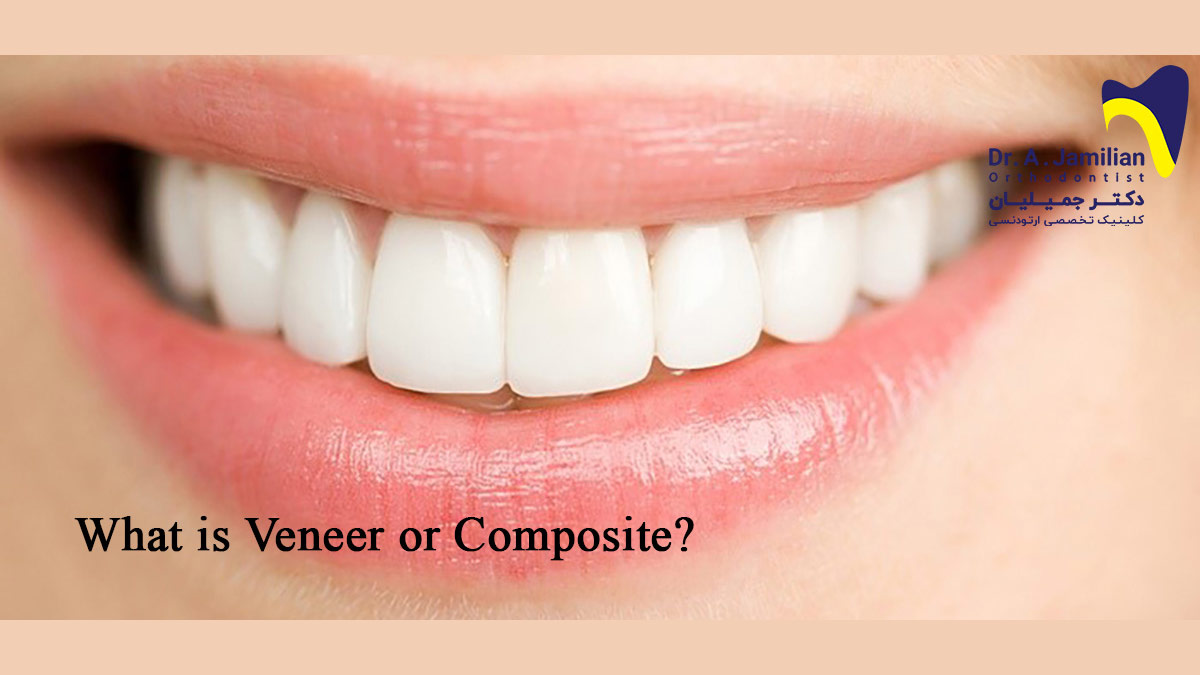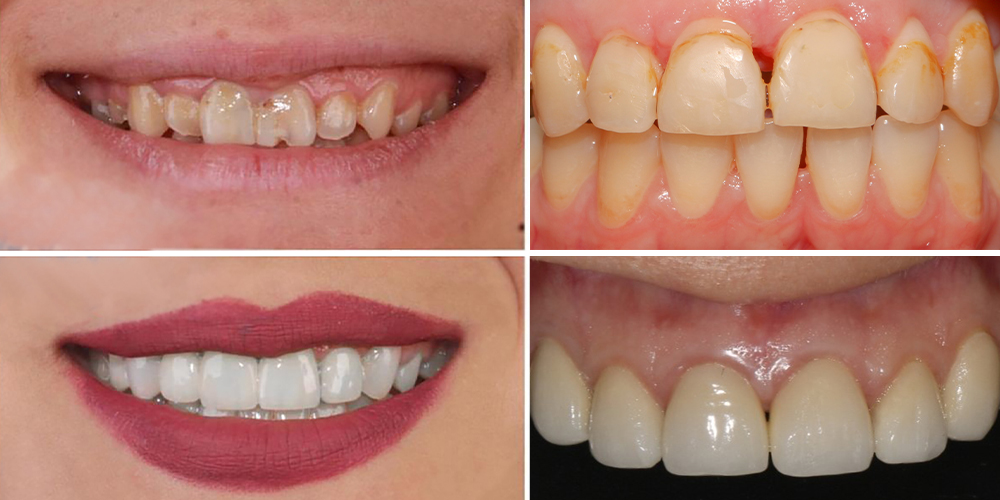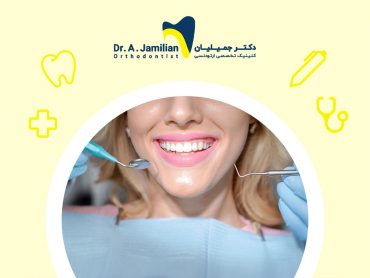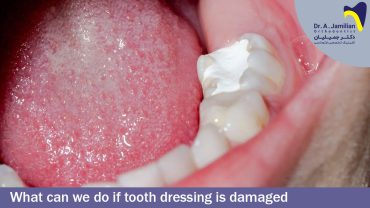Veneers or composites are a type of dental restoration material that is placed on the tooth and are shaped by the dentist. In this way, teeth appear whiter and healthier. This method is cheaper than dental lamination and can be done in one session. Veneers are used for treating minor dental fractures and injuries. Ceramic lamination is recommended in more severe cases.
What is a veneer?
Veneer is a restoration that is added to the front surfaces of teeth to correct tooth discoloration, minor discrepancies, and chipped and cracked teeth. Veneer is also used to reduce the gap between the teeth and to restore decayed tooth for creating a natural smile and correcting the smile design.
There are two types of veneer: porcelain (ceramic) and composite resin. Porcelain veneer looks a bit like an artificial nail and is designed in a way to be placed at the front surface of the teeth. Each veneer is custom made for a specific tooth and look very natural.
The composite resin veneer is applied slowly as a single layer and covers the individual’s tooth. Each layer is shaped and improved by the dentist until achieving the desired and final result.
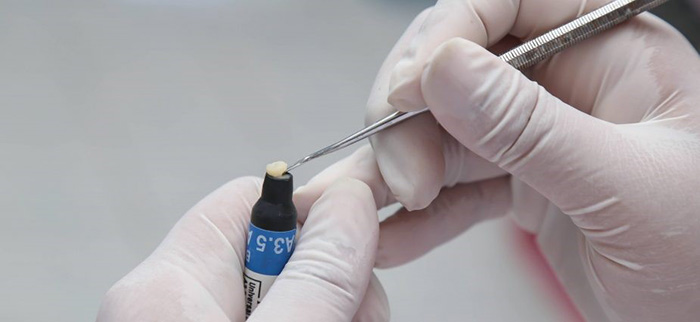
How is a veneer placed on the tooth?
The dentist prepares the tooth; this preparation procedure may require polishing the enamel surface of the tooth to allow the placement of a thick veneer in alignment with the tooth surface. Sometimes, general or local anesthesia is used in this step of the composite installation process.
Porcelain veneers are custom-made to fit the teeth and then placed in their position to check their shape and color. After ensuring that all the features are acceptable in the eye of the patient, the tooth is cleaned by chemicals and the veneer is glued to the desired location.
Composite resin veneer is shaved down on your tooth by the dentist, and light radiation is used to harden each layer. After the desired and final shape and color are obtained, its surface is polished to give the veneer a natural look.
Aftercare process for dental veneers
It may take a while for you to get use to the new shape and size of your teeth. However, you will soon feel comfortable with your new veneers, and your teeth will look completely natural. Brush and floss the veneered teeth easily as you would normally. It is recommended to make an appointment with your dentist two weeks after the placement of the veneers.

Who are suitable for composites?
Those with extensive discoloration of their anterior teeth are good candidates for dental veneers, however, it should be noted that this is a cosmetic procedure and does not consider as an orthodontic treatment. Veneers do not correct misaligned and tilted teeth or teeth that are not leveled. The teeth must also be healthy for veneers to be installed. Any tooth decay or gum disease must be treated before placing the veneers.
If you suffer from teeth grinding, which is called bruxism, installation of veneer is not a good option for you. Ongoing and chronic bruxism can lead to chipping, breakage or even complete detachment of the veneer from the tooth.
Veneers can also be a good cosmetic solution for the following cases:
- Minor gaps between the teeth
- Broken, chipped or cracked teeth
- Stained or discolored teeth
- Visible tooth fillings that look unpleasant
To check whether you are the right case for composites or not, you should see an orthodontist.
The main advantages of composite veneers
Composite veneers have several advantages over dental laminates, the most important of which is their cost. On average, porcelain veneers (laminates) are twice as expensive as composites; This is very important for some people, since these treatments are not covered by insurances. The cost of veneers depends on different factors, but the average price of composites in the US is between 250 $ and 1500 $ per tooth.
